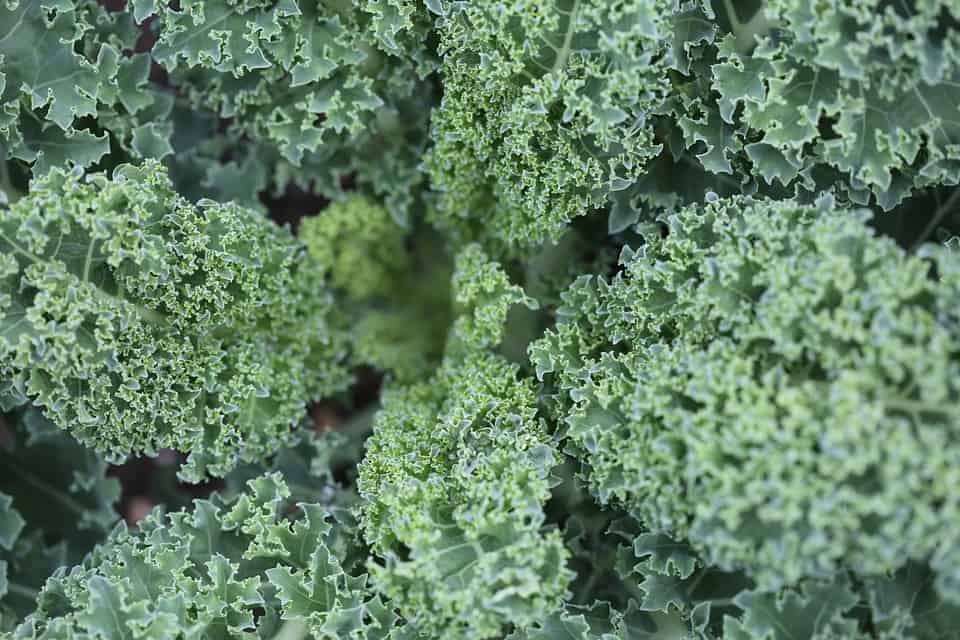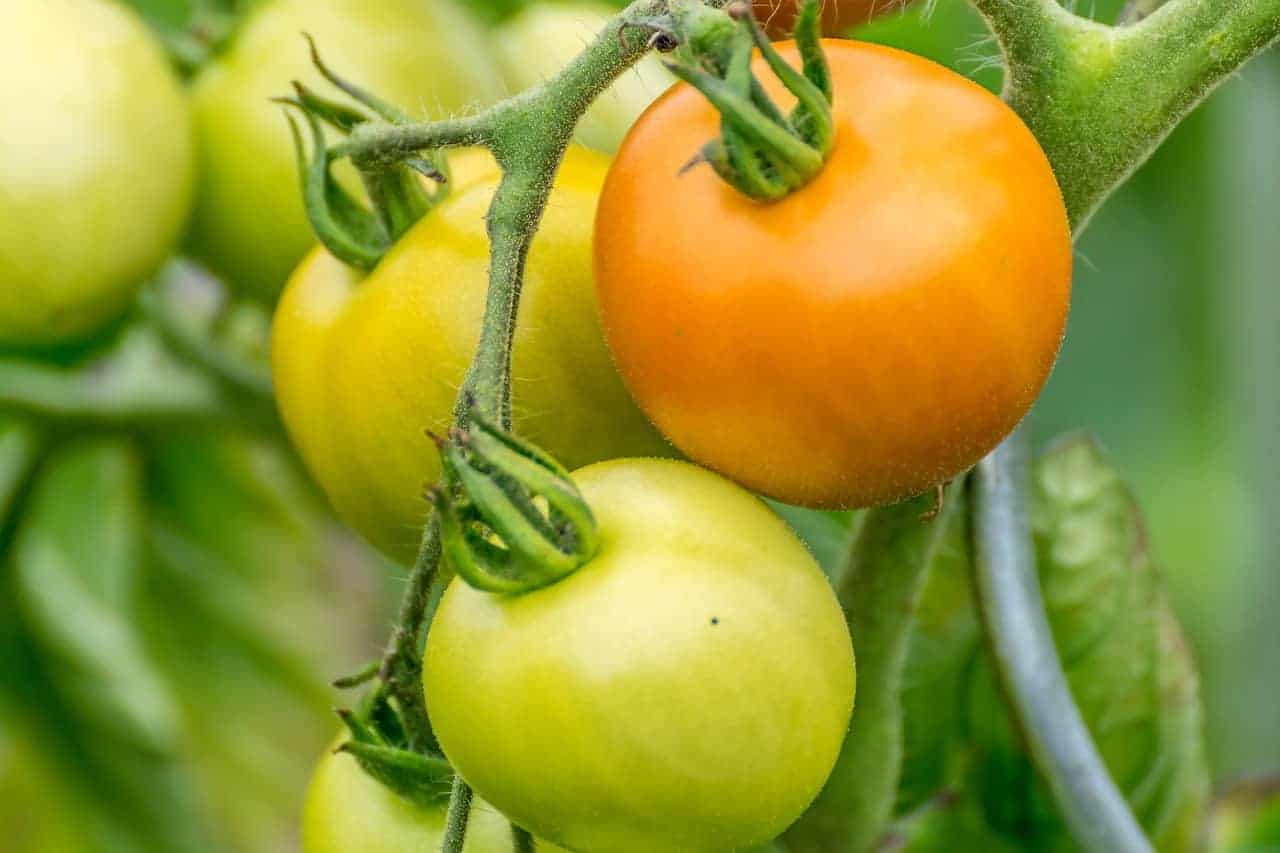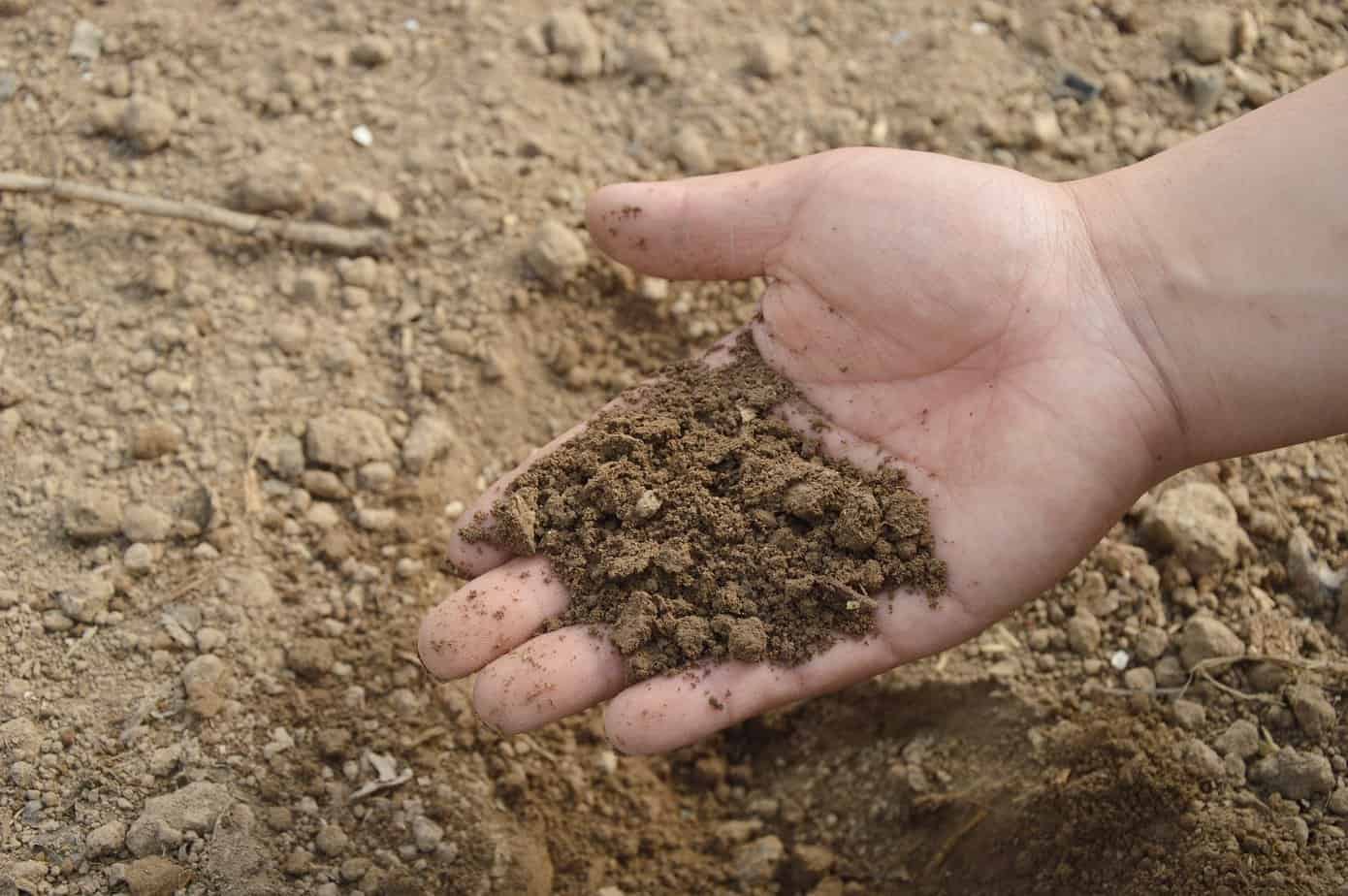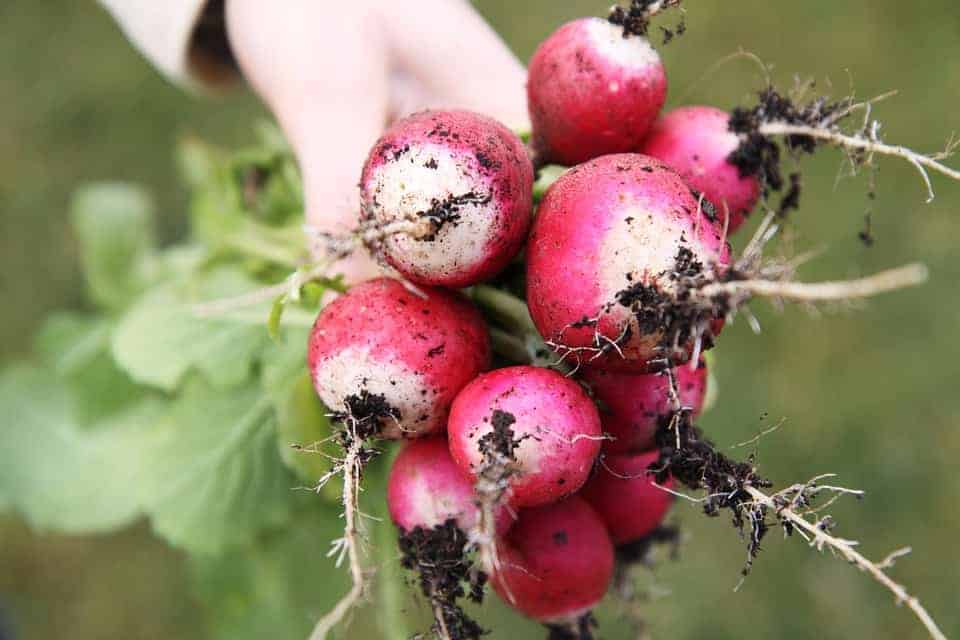With so many plant fertilizers on the market, it can be difficult to identify which ones are good for your vegetables, flowers, and houseplants. It’s easy to get confused with those three NPK numbers on bags of fertilizer, and it can be even more confusing when you look at the back and see what looks like the ingredients of a vitamin bottle. What do the NPK values mean? Are higher numbers always better?
On this page:
What Does NPK Stand For?
NPK stands for the chemical symbols of the three main elements plants need to grow: Nitrogen(N), Phosphorus(P), and Potassium(K). These numbers you see on fertilizer packaging refer to the percentage by weight of each element. For example, a 10-5-5 fertilizer will have 10% nitrogen, and 5% each of phosphorus and potassium by weight. Blood meal, the highest source of natural nitrogen, usually has an NPK of around 12-0-0, being 12% nitrogen and having only trace amounts of phosphorus or potassium.
Plants that don’t get enough of these nutrients will suffer severe nutrient deficiencies. Plants also need other nutrients in smaller amounts, which will be discussed later on.
Main Plant Nutrients
Nitrogen (N)
 Nitrogen is an essential element of life, including plants. Nitrogen is an essential component of amino acids, which form the building blocks of proteins. It also forms the core component of chlorophyll which absorbs energy from the sun in photosynthesis.
Nitrogen is an essential element of life, including plants. Nitrogen is an essential component of amino acids, which form the building blocks of proteins. It also forms the core component of chlorophyll which absorbs energy from the sun in photosynthesis.
Nitrogen is all around us in the atmosphere as a gas (N2), but plants can’t absorb nitrogen this way. Instead, nitrogen has to be in the form of nitrate (NO3). Normally, different bacteria in the soil will go through the process of assimilating nitrogen gas, then converting it into nitrate that plants can absorb, which is part of the overall nitrogen cycle.[1]
Practically speaking, nitrogen is the most important nutrient for overall plant growth, especially the growth of leaves and stems.[2] Plants deficient in nitrogen will show yellowing lower leaves while new growth still looks healthy and green. They will also tend to grow more slowly.
Natural nitrogen fertilizers include composted manure, blood meal, used coffee grounds, grass clippings, fertilizer tea made from green plants, and diluted urine.
Phosphorus (P)
Phosphorus is an important component of molecules and enzymes for the growth and health of your plants. While not as easy to detect a deficiency, phosphorus is critical for flower, fruit, and seed formation, root development, and disease resistance.[3]
Phosphorus is absorbed in the form of phosphate (PO4). While there are chemical fertilizers with phosphorus in a readily-absorbed state, the main natural source of phosphate is mined rock phosphate.
Other natural phosphorus fertilizers include bone meal (15-22% phosphorus), well-balanced compost, and animal manures. Rabbit manure has the highest amount of phosphorus, with an NPK of 2.4-1.4-0.6 and can be immediately added to soil. Chicken manure has the second highest at 1-0.8-0.4 but requires composting or aging for up to 6 months before it can be applied to the soil safely.
“Fertilizers with a lower overall NPK are gentler on the soil and your plants.”
Potassium (K)
Potassium, also called potash, is another key nutrient for plants. Potassium is a kind of jack-of-all-trades, being important for several plant metabolic processes in plant growth. Soil usually has large amounts of potassium but not in a form that plant roots can absorb, so potash fertilizers are often used in farming.
Potassium is important for regulating photosynthesis, flower development, resistance to heat and cold, the movement of water and nutrients throughout the plant, increases root growth, disease resistance, and makes stronger stems.[4] [5]
Most chemical fertilizers use potassium in various forms, such as potassium carbonate, potassium nitrate, and potassium sulfate. Natural potassium fertilizers include wood ash (0-1-3), kelp meal, and any well-balanced compost.
Other Important Macronutrients
Calcium (Ca)
 Calcium is not required as much as nitrogen, phosphorus, and potassium, but it is still an essential nutrient for plant growth. Calcium serves mainly as a structural component in cell walls and membranes, and is important for plant development.[6]
Calcium is not required as much as nitrogen, phosphorus, and potassium, but it is still an essential nutrient for plant growth. Calcium serves mainly as a structural component in cell walls and membranes, and is important for plant development.[6]
While important for overall health, calcium is especially important for fruit development, such as in tomatoes and peppers. Blossom end rot is caused by a lack of calcium in the rapidly growing fruit, leaving a rotten, black spot on the blossom end of fruit. This can be caused by a lack of calcium in the soil, but most often is caused by the soil drying out, meaning the roots can’t take up the calcium already in the soil.
Calcium is therefore a common component in tomato, fruit, and other vegetable fertilizers.
If you suspect you have a calcium deficiency, bone meal and crushed eggshells are natural sources of calcium that break down slowly over time.
Magnesium (Mg)
Magnesium is a minor nutrient but it’s critical for plant growth. A single magnesium atom forms the central core of every chlorophyll molecule, where it absorbs energy from the sun, starting the long process of photosynthesis.
Magnesium is therefore important for chlorophyll production and plant growth, and magnesium deficiencies can lead to a yellowing of the leaves while the leaf veins stay green.
The most common magnesium fertilizer comes in the form of magnesium sulfate, MgSO4, commonly known as epsom salt. Only a small amount is needed and does not need to be applied to the soil regularly. Always use pure, unscented epsom salt. If your plants already have a magnesium deficiency, you can also use epsom salt as a foliar spray (1 to 2 tablespoons per gallon), applied to the leaves in the early morning or late evening.
Sulfur (S)
Sulfur is an underrated yet still essential macronutrient for the growth and health of plants. In plants, sulfur forms the components of various enzymes and metabolic processes, and is an important for stress tolerance and defense against pests.[7]
Sulfur doesn’t move throughout the plant, so plants always need a steady supply of sulfur. Most soils already have sufficient sulfur, but soils which are heavily depleted, or old potting soil may have . Inadequate sulfur can reduce yields.[8]
There are different sulfur fertilizers, but the most readily available source of sulfur for the home gardener is epsom salt (magnesium sulfate, MgSO4), which provides both magnesium and sulfur.
Important Micronutrients
Just like animals, plants need also micronutrients like iron and zinc in order to develop and function properly, often forming a small yet essential component in metabolic pathways. These micronutrients are needed in very tiny amounts, are often already abundant enough in soil without needing fertilizer, and a deficiency may not always be obvious. Because these are all metals, in most soils, the cause of a micronutrient deficiency is often soil that is too alkaline or too acidic, which makes it harder for plants to absorb them. Optimal soil pH for micronutrient absorption is neutral or very slightly acidic.
Different plants will have different requirements of micronutrients. For example, while all plants require a small amount of boron, beets are particularly sensitive to boron-deficient soils.
Iron (Fe)
Iron is important in several metabolic pathways in plants, including enzymes critical for photosynthesis.[9] Iron deficiencies produce the same type of yellowing pattern as magnesium deficiencies.
Zinc (Zn)
Zinc is another mineral nutrient important for plant metabolism as well as plant defense against diseases.[10] Much like iron, zinc is also a component in the photosynthetic pathway, and zinc deficiencies also cause leaf discoloration.
Manganese (Mn)
Manganese is important for plant growth and development, and plays a key role in photosynthesis – performing as a catalyst in the water-splitting part of photosynthetic pathway. Manganese also plays a role in other metabolic pathways and is important as a plant antioxidant.[11]
Boron (B)
Boron is another “jack-of-all trades” element like potassium, being important for a wide variety of functions in plant growth and development. It’s important for healthy cell walls and structural proteins, the movement of potassium, phosphate, calcium, and sugar, other metabolic processes.[12]
Deficiencies are rare in most plants, but beets grown in soil that is either deficient in boron or very alkaline will show large black, deformed spots on their roots. Boron deficiency cannot be fixed during the season once identified, but you can apply a solution of household borax (a ratio of 1 teaspoon dissolved in 1 gallon of water) to the soil one time before planting beets next time.
Molybdenum (Mo) and Copper (Cu)
Molybdenum and copper are just as essential as any of the above nutrients, but they are also the least abundant in nature. Plants require a very minuscule amount of molybdenum and copper, but they are critical for plant metabolism and development, often forming te components of various plant enzymes.[13][14]
Frequently Asked Questions
How Do I Use NPK Values to Decide What Fertilizer to Use?
 Equipped with what the roles of nitrogen, phosphorus, and potassium are in plants, you can make a more informed decision about what fertilizer is best to use.
Equipped with what the roles of nitrogen, phosphorus, and potassium are in plants, you can make a more informed decision about what fertilizer is best to use.
Since we know that nitrogen is necessary for leaf and stem growth, that means fertilizers with a higher N value (such as 2-1-1, 5-2-3, 18-4-6, 32-2-4, etc.) would be great for leafy greens like lettuce and kale, but could also be applied early in the season for other vegetables to promote good growth before setting fruit.
Tomato and other vegetable or flower fertilizers often have lower nitrogen and more potassium and/or phosphorus (e.g. 6-5-10, 3-5-4, 3-9-4, 10-30-20, etc.), and often include other important elements like calcium. Although nitrogen is still very important for vegetables like tomatoes and peppers, plants absorb whatever nutrients are in the soil, so if you use a very high nitrogen fertilizer, you may end up with beautiful lush green growth but fewer flowers and fruits.
For root vegetables, you want enough leaves to promote root growth, but you don’t want to sacrifice root size for more leaves, so avoid using high nitrogen fertilizers. Either use a balanced fertilizer (like 4-4-4 or 10-10-10) or one with more phosphorus and potassium (like a 5-10-10 fertilizer).
Are Higher NPK Numbers Always Better?
 It can be tempting to just buy a bag of the cheapest 30-30-30 fertilizer and call it a day.
It can be tempting to just buy a bag of the cheapest 30-30-30 fertilizer and call it a day.
There are two problems with this. First, because the concentration is so high (30% nitrogen, 30% phosphorus, and 30% potassium), it’s very easy to overfertilize and burn your plants’ roots while harming soil life. Secondly, these kinds of fertilizers are often pure chemical fertilizers lacking in other essential micronutrients.
Fertilizers with a lower overall NPK are gentler on the soil and your plants, but you may need to add more of them to get the same effect as adding a highly concentrated fertilizer. Organic fertilizers, which often have lower NPK values, break down naturally while feeding soil life and giving your plants a good balance of micronutrients.
Case in point: Compost, which has an average NPK of 1-1-1, is an excellent all-around fertilizer, and because the percentage of each nutrient is low, compost can be used liberally to fertilize your garden. Many gardeners use compost to make their own homemade potting mix, and some people even grow vegetables in pure compost. Compost is also rich in beneficial microbes and humic acids, both of which help increase the uptake of nutrients.
References
[1] Bernhard, Anne. Nature. The Nitrogen Cycle: Processes, Players, and Human Impact. https://www.nature.com/scitable/knowledge/library/the-nitrogen-cycle-processes-players-and-human-15644632/
[2] Phoslab Testing Laboratories. How Does Nitrogen Help Plants Grow? https://www.phoslab.com/how-does-nitrogen-help-plants-grow/
[3] Crop Nutrition. Phosphorus. https://www.cropnutrition.com/nutrient-management/phosphorus
[4] University of Minnesota Extension. Potassium for crop production. https://extension.umn.edu/phosphorus-and-potassium/potassium-crop-production
[5] Phoslab Testing Laboratories. How Does Potassium Help Plants Grow? https://www.phoslab.com/how-does-potassium-help-plants-grow/
[6] White, P. J., & Broadley, M. R. (2003). Calcium in plants. Annals of botany, 92(4), 487–511. https://doi.org/10.1093/aob/mcg164
[7] Zhao F., Tausz M., De Kok L.J. (2008) Role of Sulfur for Plant Production in Agricultural and Natural Ecosystems. In: Hell R., Dahl C., Knaff D., Leustek T. (eds) Sulfur Metabolism in Phototrophic Organisms. Advances in Photosynthesis and Respiration, vol 27. Springer, Dordrecht. https://doi.org/10.1007/978-1-4020-6863-8_21
[8] Government of Saskatchewan. Sulphur Fertilization in Crop Production. https://www.saskatchewan.ca/business/agriculture-natural-resources-and-industry/agribusiness-farmers-and-ranchers/crops-and-irrigation/soils-fertility-and-nutrients/sulphur-fertilization-in-crop-production
[9] Rout, G. R., & Sahoo, S. (2015). ROLE OF IRON IN PLANT GROWTH AND METABOLISM. Reviews in Agricultural Science, 3(0), 1–24. https://doi.org/10.7831/ras.3.1
[10] Cabot, C., Martos, S., Llugany, M., Gallego, B., Tolrà, R., & Poschenrieder, C. (2019). A Role for Zinc in Plant Defense Against Pathogens and Herbivores. Frontiers in Plant Science, 10. https://doi.org/10.3389/fpls.2019.01171
[11] Alejandro, S., Höller, S., Meier, B., & Peiter, E. (2020). Manganese in Plants: From Acquisition to Subcellular Allocation. Frontiers in Plant Science, 11. https://doi.org/10.3389/fpls.2020.00300
[12] Shireen, F., Nawaz, M. A., Chen, C., Zhang, Q., Zheng, Z., Sohail, H., Sun, J., Cao, H., Huang, Y., & Bie, Z. (2018). Boron: Functions and Approaches to Enhance Its Availability in Plants for Sustainable Agriculture. International journal of molecular sciences, 19(7), 1856. https://doi.org/10.3390/ijms19071856
[13] Kaiser, B. N., Gridley, K. L., Ngaire Brady, J., Phillips, T., & Tyerman, S. D. (2005). The role of molybdenum in agricultural plant production. Annals of botany, 96(5), 745–754. https://doi.org/10.1093/aob/mci226
[14] Maksymiec, W. (1998). Effect of copper on cellular processes in higher plants. Photosynthetica, 34(3), 321–342. https://doi.org/10.1023/a:1006818815528
